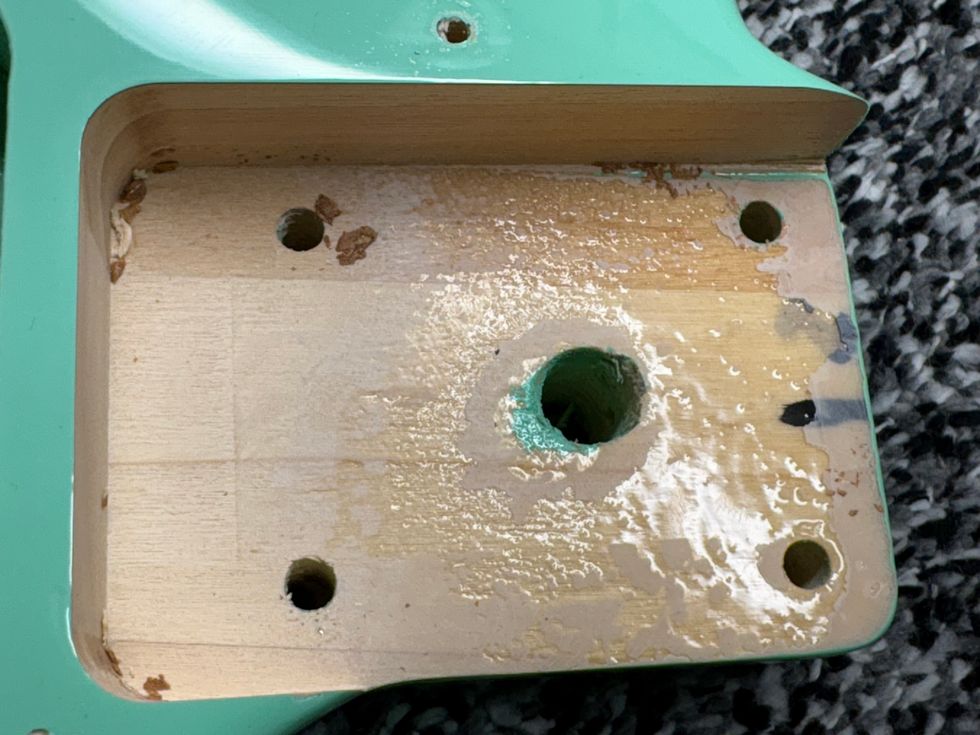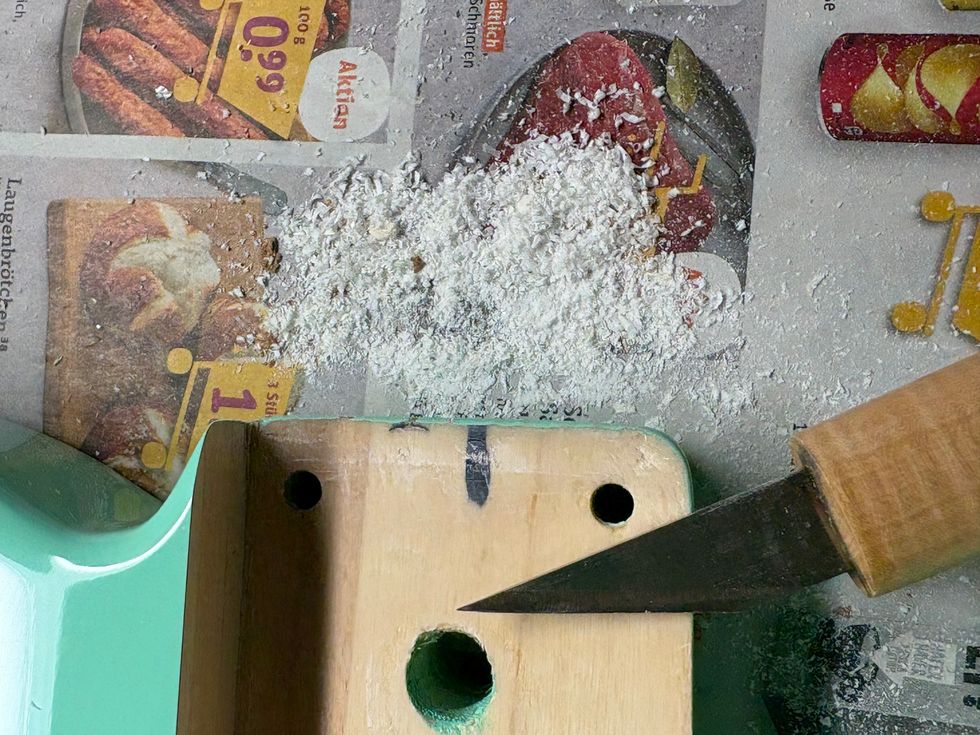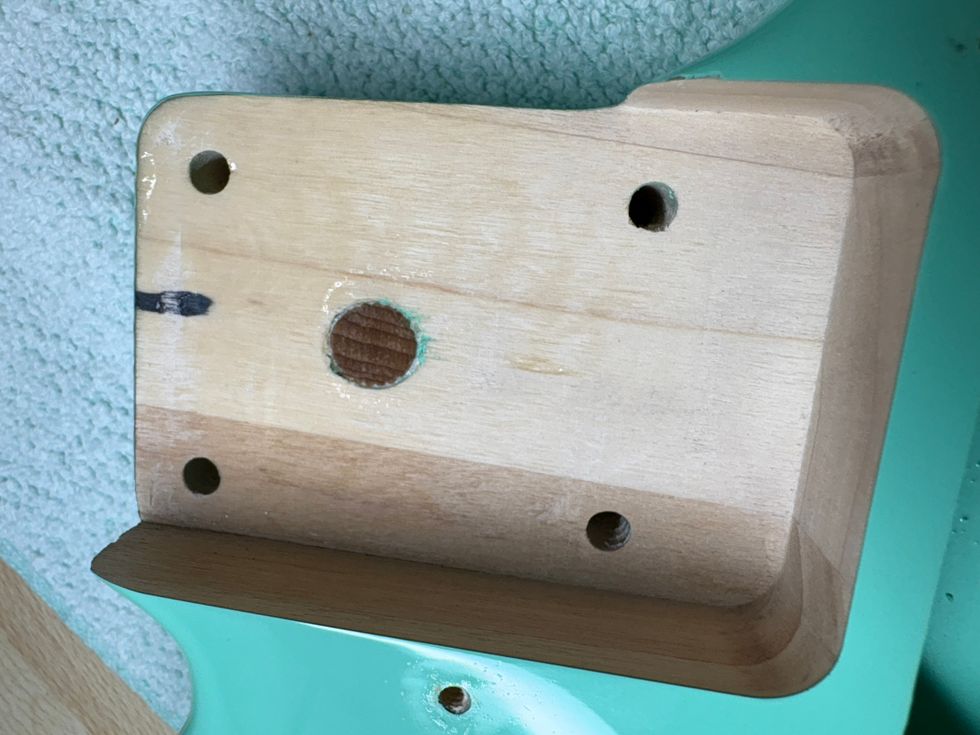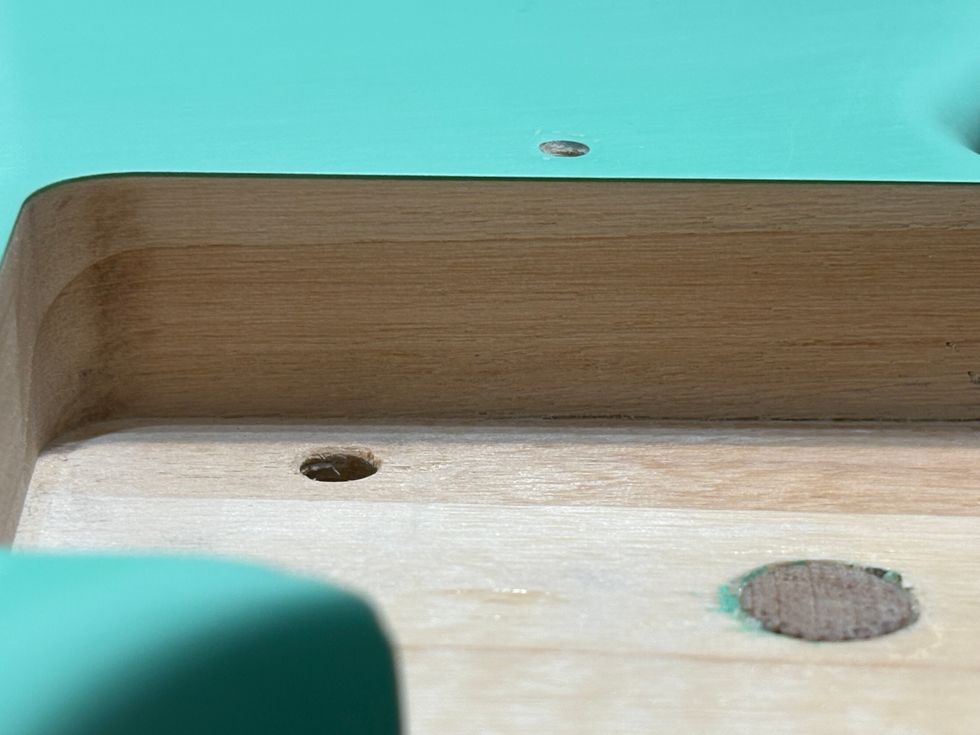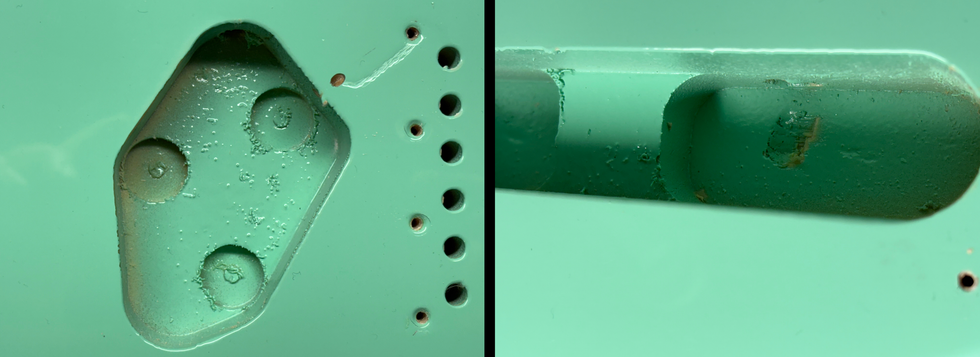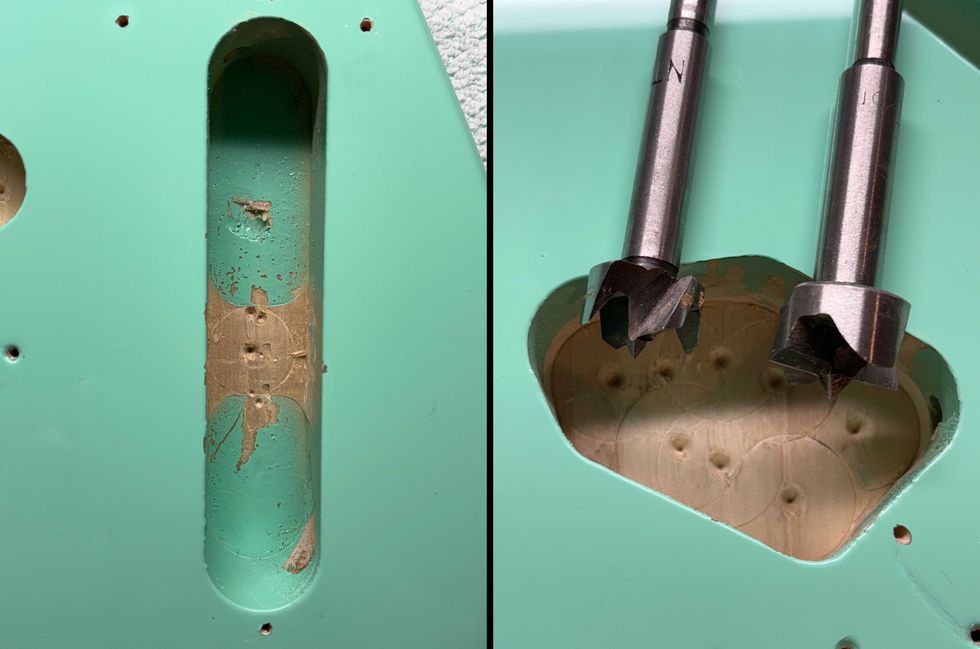  |
| Hey Jeff, I have a ‘66 Bassman head and I’d like to modify the Bass channel for smooth overdrive tones. The Normal channel is what I gig with, going from a Strat or Tele to my effects then to the Bassman, but I’d like to explore some natural amp overdrive and keep the Normal channel set for maximum clean headroom. I’ve seen some so-called Dumble schematics on the internet, but I don’t really want to turn the whole head into a Dumble clone; I just want to incorporate a few modifications to get a nice, smooth overdrive. Can you help me accomplish this? Thanks for your consideration, - Todd Lynch |
Hi Todd,
Not only do you have one of the nicest amps around for straight-ahead rock n’ roll guitar tones, but the chassis also holds a secret weapon for generating some great overdrive tones. The tone that comes from the Normal channel of a Bassman head connected to a 4x12 cabinet is classic rock in its purest form, but you should definitely be able to kick the Bass channel up a notch. The reason? The amp already has an extra stage of gain that is unused – there is one half of a 12AX7 preamp tube sitting there, waiting for our bidding.
While I’m not going to provide you with the exact schematic of the proposed modification, I will try to give you enough information to take to an experienced tech so they will be able to modify the amp for your desired results. In order to do this, they will need a copy of the Bassman’s schematic, along with a copy of the schematic for a standard Marshall 2203 or 2204 preamp. If dealing with an experienced tech, odds are they will already have these in their schematic collection. For the sake of simplification, I’ll refer to the Marshall schematic as “the schematic.”
First, the number two input jack on the Bass channel should be removed and replaced with a 1M-A pot. This will be used as your preamp volume control. Next, have him wire the output of the first gain stage to the aforementioned preamp volume control using the appropriate coupling caps and resistors shown in the schematic. Disregard the “low” input jack on the schematic as it is just used in this instance as a signal pass thru. From there, the signal should be sent to the input of the unused half of the available 12AX7 and the appropriate components installed to replicate the second gain stage of the schematic. The output of this stage would then go back over to the second half of the initial 12AX7, utilizing the appropriate circuitry per the schematic. The output of that second half should then be connected to the tone controls and original Volume control, which will now act as your Master Volume. Just to clarify things, the last part of the schematic will be different at this point. Since there is no fourth preamp section available in the Fender chassis, the tone stack we will end up with is plate-driven, as opposed to a cathode-driven stack. Other than that, you pretty much have a Bassman with the front end of a 2203 Master Volume Marshall in place of the Bass channel.
I’d like to add a few suggestions for your tech. Remember to change the value of the caps in the tone stack from 0.1uf to 0.022uf and remove the unused deep cap. If you want to get creative, since there’s no midrange control, you can use the deep switch to parallel a resistor across the existing midrange resistor, thereby converting the deep switch to a mid shift switch. Feel free to experiment with the values of the resistors, allowing you to adjust the midrange to taste. You can also change the bass pot from a 250K to a 1M for more bass range.
Want to really go over the top? Instead of using it as a mid-shift switch, repurpose the deep switch, using it to lift one end of the midrange resistor. It will now be a tone defeat switch – once engaged, the tone stack is defeated and the gain increases dramatically. I would leave off the .001 cap across the preamp volume control; I find it to be too brittle at lower settings. If the modified channel is still too bright, remove the 470pf cap that parallels the 470K resistor prior to the preamp volume control. If the channel is too woofy at higher gain settings, change the value of the first cathode bypass cap from 25uf to something substantially smaller, possibly a 0.68 or 1.0uf.
One last suggestion would be to consider using shielded cable on the long signal runs that go to and from the additional tube and preamp circuitry to help eliminate the possibility of any internal feedback or oscillation. Shielding the signal from the input jack isn’t a bad idea either.
There you have it. With a little personal tweaking by both you and your tech, you should be able to get a plethora of tones from your new MarshMan.
Jeff Bober
Co-Founder and Senior Design Engineer – Budda Amplification
jeffb@budda.com
www.budda.com
©2007 Jeff Bober


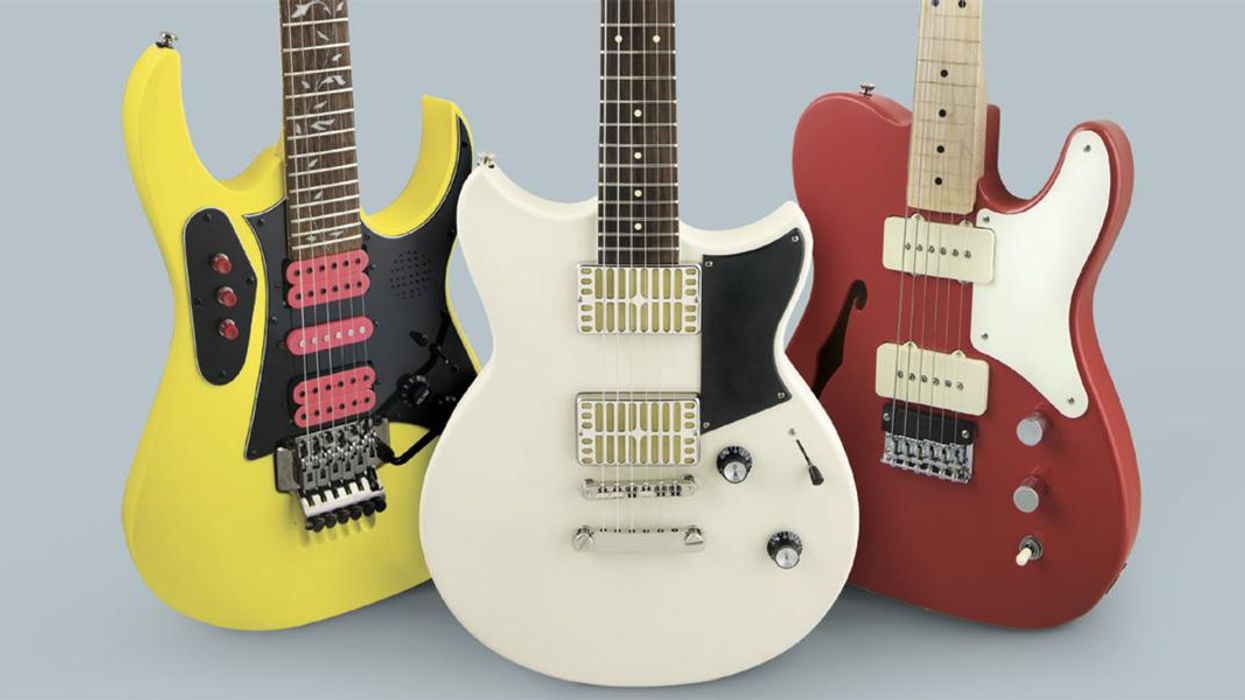
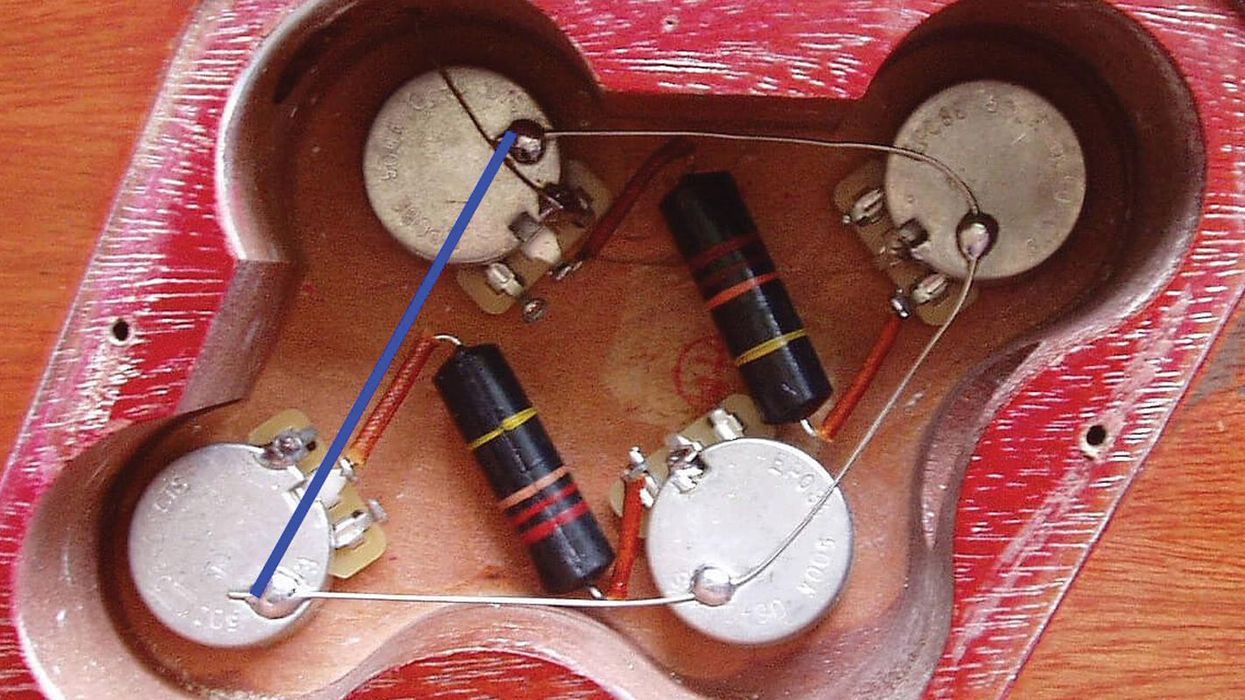
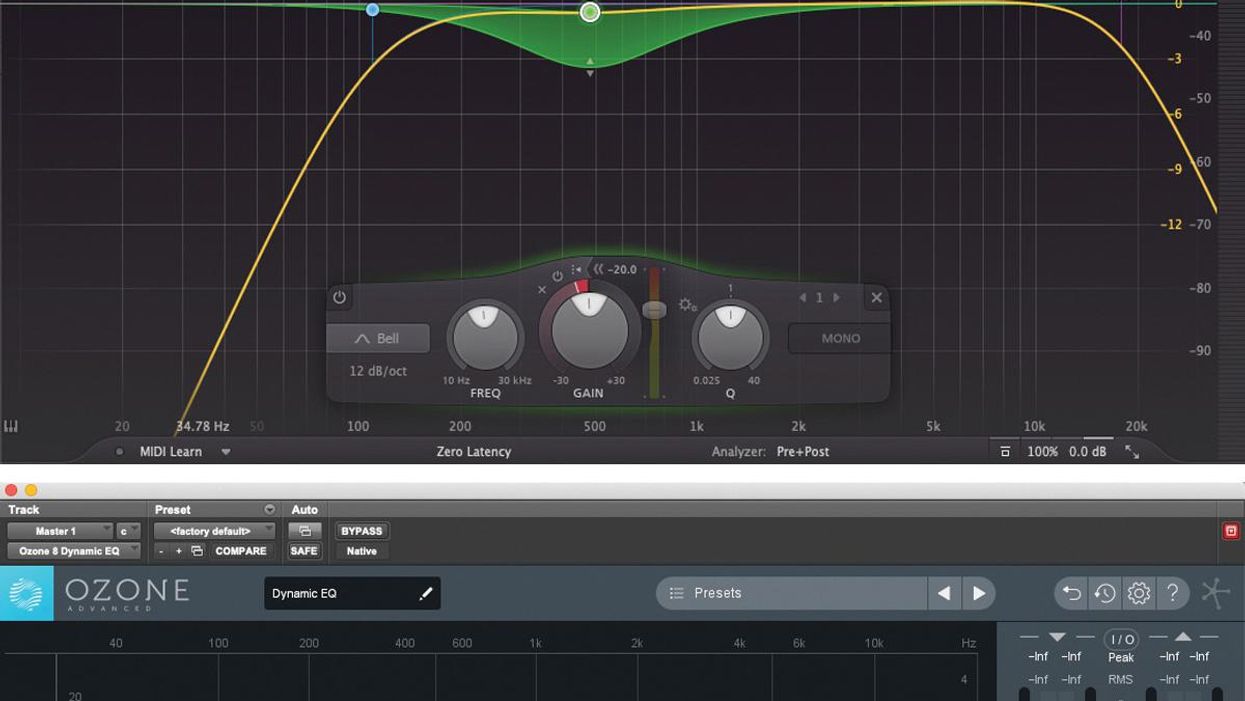








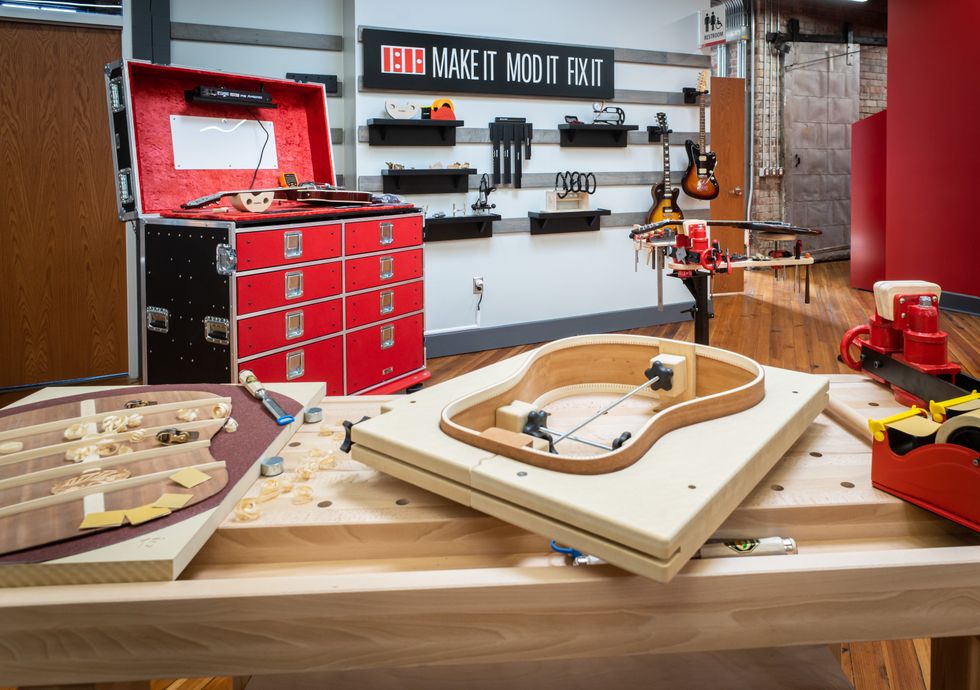

 The Allparts team at their Houston warehouse, with Dean Herman in the front row, second from right.Photo by Enrique Rodriguez
The Allparts team at their Houston warehouse, with Dean Herman in the front row, second from right.Photo by Enrique Rodriguez

